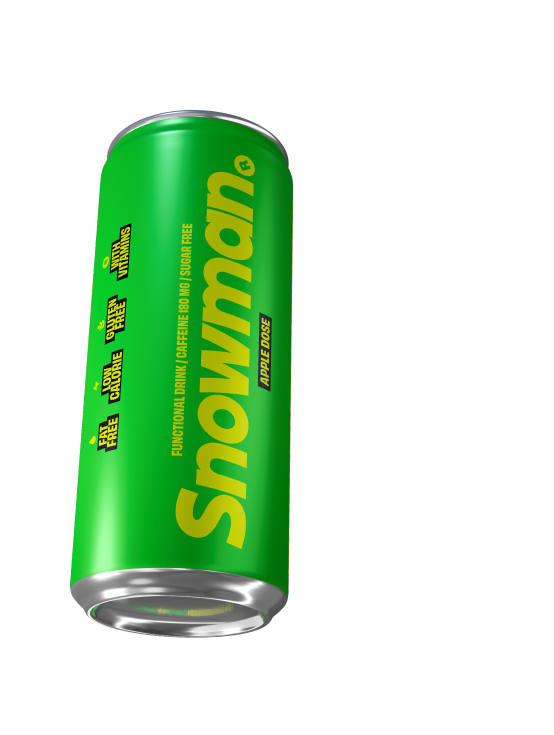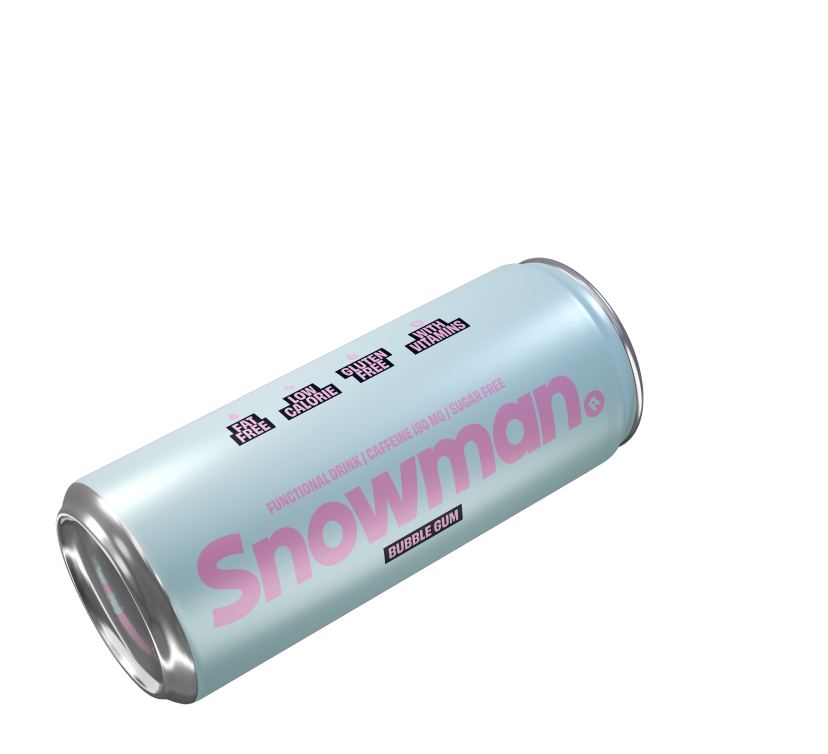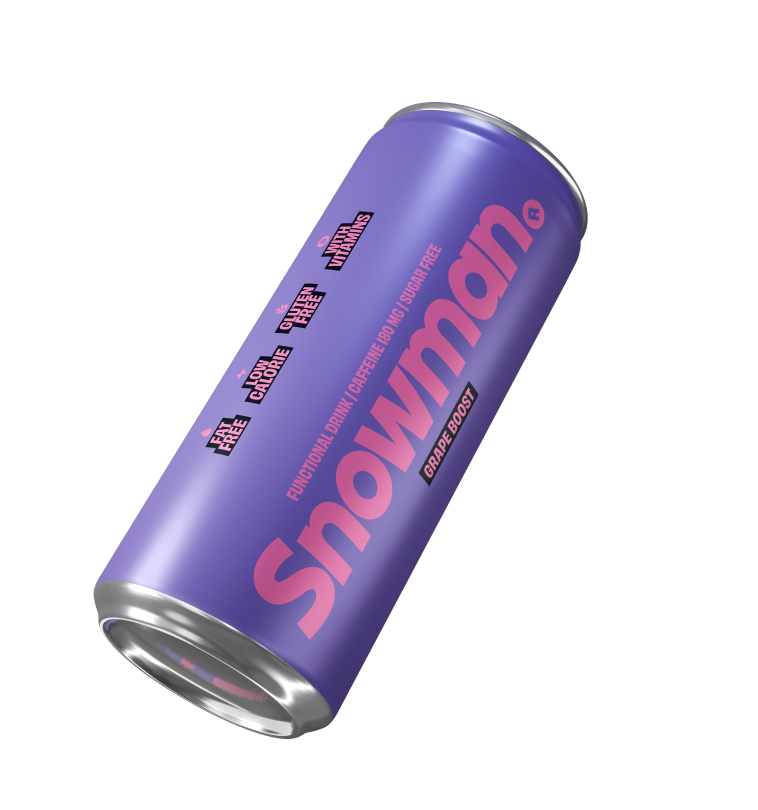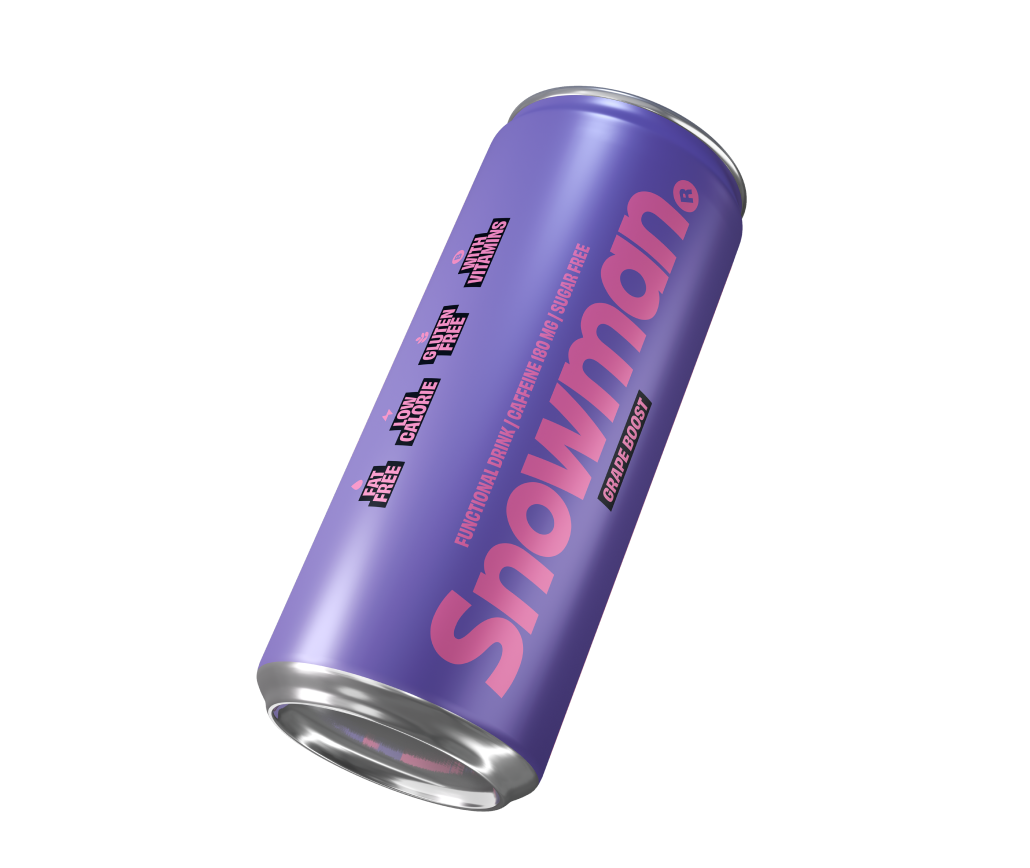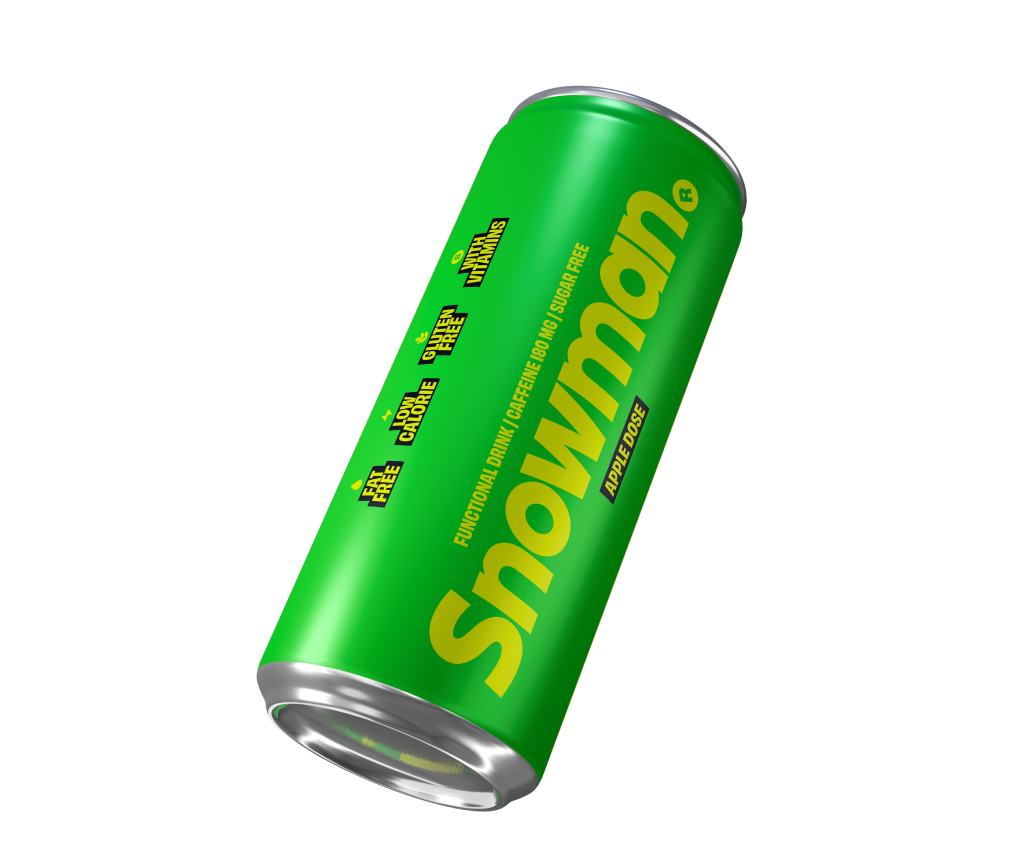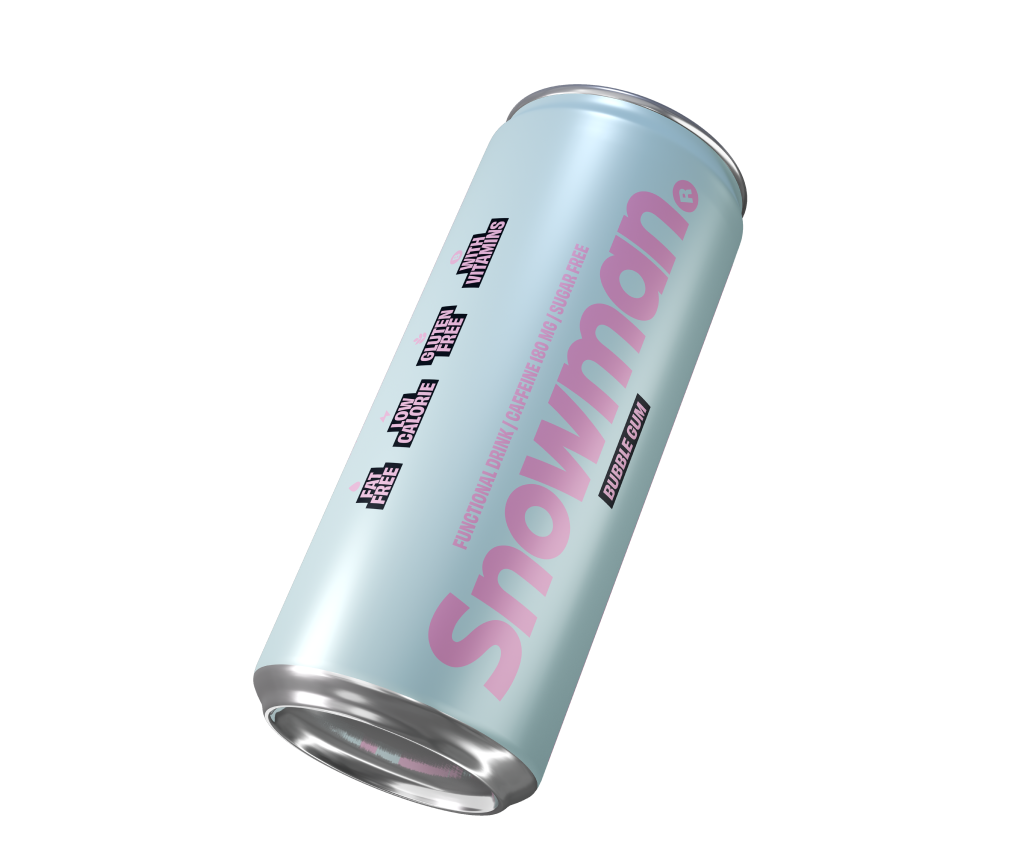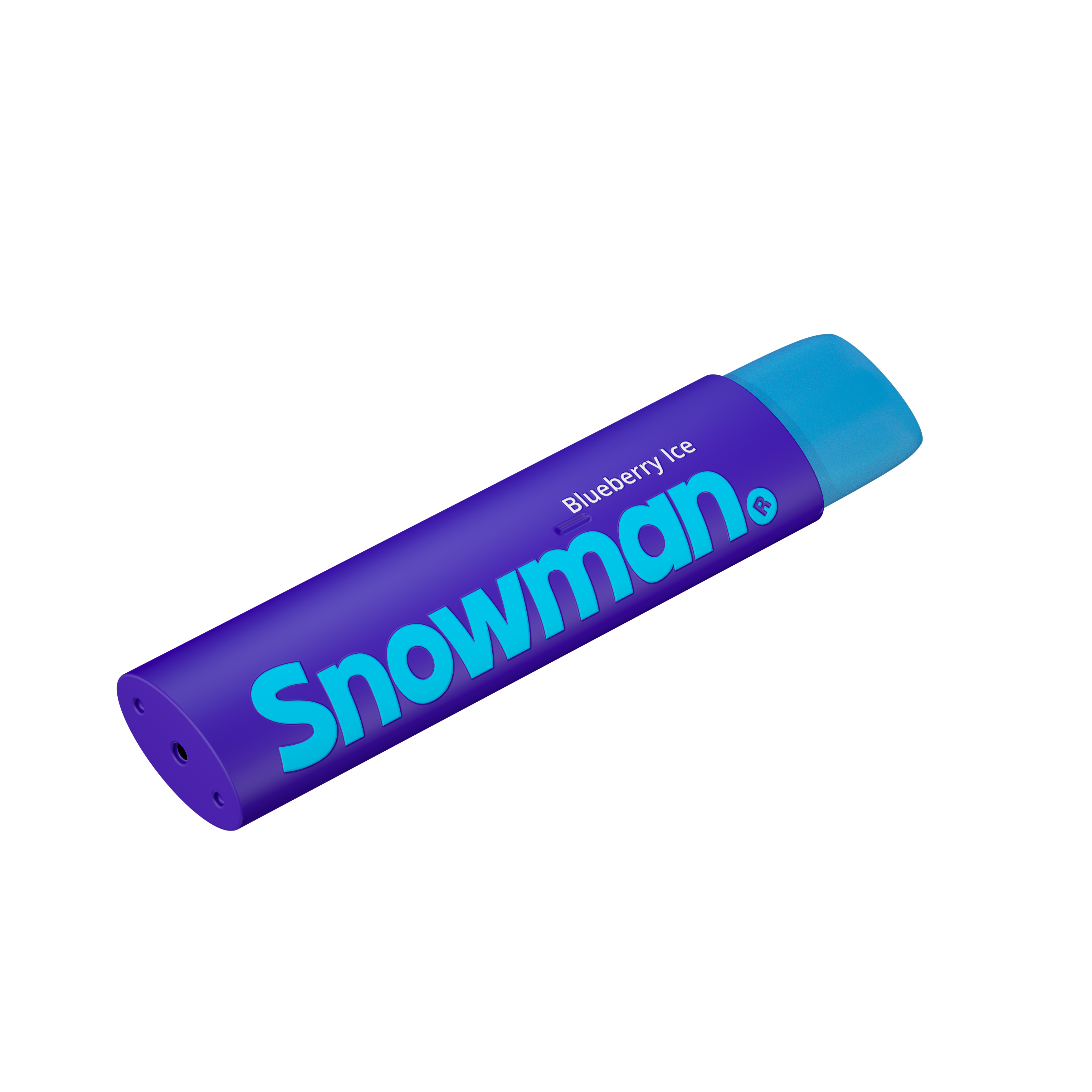
Vaping has rapidly gained popularity as an alternative to smoking, especially among younger adults. But for many beginners, understanding how vapes work can feel overwhelming. In simple terms, vaping involves inhaling vapor created by an electronic device that heats a liquid—usually containing nicotine and flavoring.
Vaping was first developed as a smoking cessation tool in the early 2000s. Since then, technology has advanced significantly, making vape devices more efficient and customizable than ever before. Different products can also be found in Snowman selection.
What is a Vape?
A vape, or vaporizer, is an electronic device that heats a liquid to produce vapor, which is then inhaled by the user. This liquid, commonly referred to as e-liquid or vape juice, typically contains a mix of propylene glycol (PG), vegetable glycerin (VG), nicotine, and flavorings.
While the term “vape” often refers to devices used for nicotine, it’s also used in the context of cannabis and other herbal products. However, in this guide, we’ll focus on nicotine-based vaping.
There are differences between traditional e-cigarettes and advanced vape mods:
- E-cigarettes are usually disposable and mimic the appearance of tobacco cigarettes.
- Vapes or mods are refillable and offer more customization in terms of power, flavor, and vapor production.
Core Components of a Vape Device
Every vape device, regardless of its size or complexity, includes a few key parts:
Battery
This powers the device. Most are rechargeable lithium-ion batteries and vary in power output.
Atomizer
This is the heating element that converts e-liquid into vapor. It usually includes a coil and a wick.
Tank or Cartridge
Holds the e-liquid. In closed systems, this is a cartridge, while open systems use refillable tanks.
Mouthpiece
Where the user inhales the vapor. It’s attached to the top of the tank or cartridge.
The Science Behind Vaping
At its core, vaping relies on thermal conversion. When you activate the device, the battery sends power to the atomizer, heating the coil inside. The coil heats up the surrounding e-liquid-soaked wick, turning the liquid into an aerosol—commonly called vapor.
This vapor is then inhaled into the lungs. The sensation mimics smoking but without combustion, which is the primary cause of harmful tar and many of the carcinogens in traditional cigarettes.
Types of Vape Devices
Vape devices come in many shapes and sizes, catering to different preferences and experience levels:
Cigalikes
- Resemble cigarettes
- Disposable or simple cartridge-based
- Ideal for first-time users
Vape Pens
- Slim, pen-shaped design
- Refillable tanks
- Good vapor production
Mods & Box Mods
- Larger, customizable devices
- Advanced power settings and large tanks
- Suitable for experienced vapers
Pod Systems
- Compact and discreet
- Use pre-filled or refillable pods
- Great for on-the-go vaping
How E-Liquid Works in a Vape
E-liquid plays a crucial role in vaping. It’s made from a combination of:
- Propylene Glycol (PG): Thinner, carries flavor well, gives a strong throat hit.
- Vegetable Glycerin (VG): Thicker, produces large clouds of vapor, smooth on the throat.
- Nicotine: Optional, varies in strength.
- Flavorings: Ranges from tobacco to fruity and dessert flavors.
The blend of PG and VG affects the vape experience, with users selecting different ratios based on preference.
Step-by-Step: How a Vape Works When You Puff
- Activation: The user presses a button or inhales, activating the battery.
- Heating: Power flows to the coil, which heats up quickly.
- Vaporization: E-liquid on the wick is vaporized.
- Inhalation: Vapor travels through the mouthpiece into the user’s lungs.
This process happens almost instantly, offering a quick and efficient delivery of flavor and nicotine.
Vaping vs. Smoking: Key Differences
| Feature | Smoking | Vaping |
|---|---|---|
| Delivery | Burning tobacco | Heating liquid |
| Harmful Chemicals | Tar, carbon monoxide | Fewer, but not risk-free |
| Smell | Lingering smoke | Light, pleasant aroma |
| Cost | High over time | More economical |
| Customization | None | Extensive (flavors, power, devices) |
How to Use a Vape for the First Time
New to vaping? Here’s a beginner-friendly setup:
- Charge Your Device: Fully charge the battery before use.
- Assemble Properly: Attach the tank and coil securely.
- Fill the Tank: Add e-liquid carefully without overfilling.
- Let It Soak: Allow a few minutes for the wick to absorb the liquid.
- Take a Puff: Start with a gentle inhale. Don’t overdo it.
Avoid dry hits (burnt taste) by keeping your tank filled and coil saturated.
Maintenance of a Vape Device
Routine maintenance keeps your device in top shape:
- Clean the tank weekly with warm water.
- Change coils regularly—every 1–2 weeks.
- Store safely—avoid extreme temperatures.
- Battery care—use proper chargers and avoid overcharging.
Common Vaping Myths and Misconceptions
Let’s bust a few myths:
- Myth: Vaping is completely safe.
Truth: It’s less harmful than smoking but not risk-free. - Myth: Secondhand vapor is dangerous.
Truth: It’s significantly less harmful than secondhand smoke, but caution is advised. - Myth: Vapes are for kids.
Truth: Vaping is strictly regulated, and minors should not use them.
Safety Tips for New Vapers
- Use only reputable products
- Never mix unknown liquids
- Keep devices away from water
- Don’t overcharge batteries
- Follow user manuals strictly
Legal and Age Regulations on Vaping
Most countries enforce legal age restrictions (usually 18 or 21). Some places ban flavored e-liquids or restrict where you can vape. Always check your local laws before buying or using a vape.
Vaping Etiquette in Public Spaces
Respect public spaces and other people:
- Ask before vaping indoors
- Avoid vaping near children or non-smokers
- Don’t cloud chase in tight spaces
- Dispose of waste responsibly
Pros and Cons of Vaping
Pros:
- Fewer harmful chemicals
- No combustion or smoke
- Customizable experience
- Cost-effective over time
Cons:
- Health risks still exist
- Not suitable for non-smokers
- Regulatory grey areas
- Potential addiction
FAQs: How Vapes Work
1. Is vaping safer than smoking?
Yes, but it’s not completely safe. It eliminates combustion but still introduces chemicals.
2. Do all vapes use nicotine?
No. You can choose nicotine-free e-liquids.
3. Can I quit smoking with vapes?
Many people use vaping as a stepping stone to quit, but results vary.
4. Why does my vape taste burnt?
You might be experiencing a dry hit—refill your tank or replace the coil.
5. How long do vape coils last?
Typically 1–2 weeks, depending on use and e-liquid.
6. What should I do if my vape is leaking?
Check for overfilling, damaged seals, or improper assembly.
Conclusion: Is Vaping Right for You?
Vaping offers a modern, less harmful alternative to smoking. Understanding how vapes work can help you make informed choices about what devices and liquids to use, how to maintain them, and how to vape responsibly. If you’re new to this world, start slow, stay informed, and always prioritize safety.
